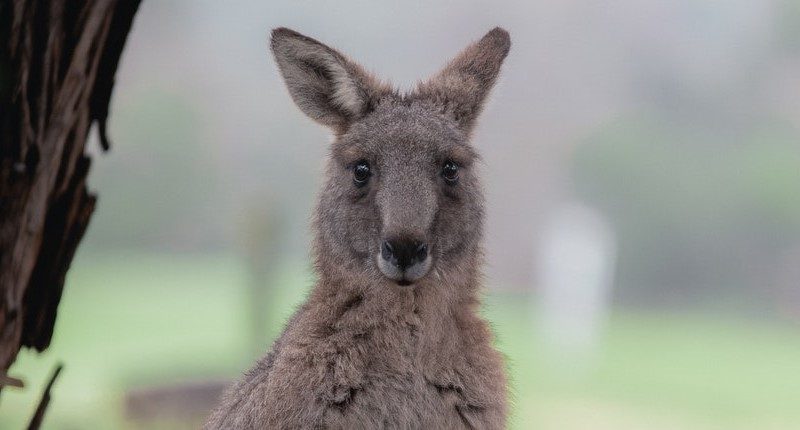- It's the weekend, so here's a story about kangaroos
- Our native animal is more destructive than rabbits to land conservation areas
- Humans are to blame, culling dingoes, kangaroo's natural predators
Your cuddly native kangaroo is not normally considered a threat, but a new study from UNSW Sydney has found their grazing habits are more problemmatical than rabbits.
“We tend to think of kangaroo grazing as a natural process because they’re a native species, but there are now too many kangaroos in conservation reserves,” said Professor Michael Letnic, senior author of the paper.
“Their grazing can be detrimental for biodiversity conservation. We need to start thinking about developing strategies to restore the balance and reduce the adverse impacts of overgrazing – particularly during times of drought.”
Dr Graeme Finlayson, SA Arid Rangeland ecologist for Bush Heritage, said overgrazing had dire implications for other native species who rely on vegetation cover and associated food resources to survive. Bush Heritage owns and manages Boolcoomatta Reserve, one of the conservation sites included in this study.
“One of the key species that is likely to be impacted by overgrazing is the critically endangered Plains Wanderer (Pedionomus torquatus), of which there are less than 1000 left in the wild,” he says.
“Despite sighting three birds at Boolcoomatta in May 2019, monitoring on the reserve has failed to detect any birds since then. Overgrazing and then a two-year drought [has] greatly reduced cover and food resources.”
Ecosystems are fragile and can be thrown off-balance by an overabundance of one species, such as the kangaroo.
Dr Charlotte Mills, lead author of the study and visiting fellow at UNSW Science, hopes that this study will pave the way for future research into how threatened species might be affected by kangaroo overgrazing.
“Rabbits and other introduced herbivores like goats are often considered the main contributor to overgrazing in Australia,” says Dr Mills.
“But we found kangaroos had a greater impact on the land – and on the grass in particular.”
Human intervention has likely been a key contributing factor to the growth of kangaroo populations.
“Humans have been culling dingoes – kangaroos’ natural predators,” says Prof. Letnic.
“We’ve been making it easier for kangaroos to thrive.”
“We need to make sure we have a landscape-wide strategy, working across government, conservation and agriculture, to ensure we tackle this problem together, and in the most humane way possible.”
~~
Full study: Grazing by over-abundant native herbivores jeopardizes conservation goals in semi-arid reserves, by Charlotte H.Mills et al.








